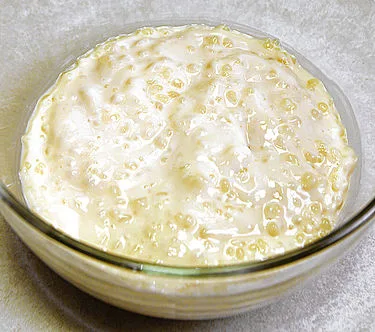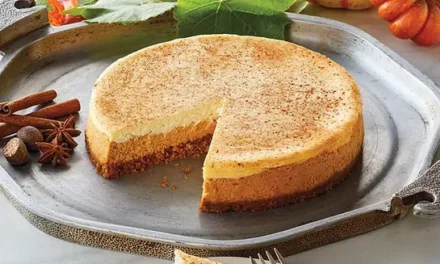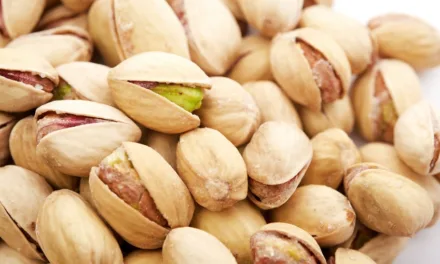Tapioca pudding is a classic dessert made with tapioca pearls, milk (or cream), sugar, and often flavored with vanilla. The texture is creamy and smooth, with the tapioca pearls providing a chewy contrast. Here are the main components and steps involved in making it:
- Tapioca Pearls: Small, round granules made from the starch of the cassava root. They need to be soaked or cooked to soften them before adding to the pudding.
- Milk or Cream: Provides the creamy base of the pudding. Whole milk is commonly used, but you can also use cream for a richer texture, or dairy alternatives like coconut milk or almond milk.
- Sugar: Sweetens the pudding. The amount can be adjusted to taste.
- Eggs (optional): Some recipes include eggs to create a custard-like consistency.
- Flavorings: Vanilla is the most common, but other flavors like cinnamon or nutmeg can be added.
Basic Preparation Steps:
- Soaking/Cooking Tapioca Pearls: Depending on the type of tapioca pearls (instant or traditional), they are either soaked for several hours or cooked directly until they become translucent and soft.
- Heating the Milk and Sugar: The milk and sugar are heated together in a saucepan until the sugar dissolves.
- Mixing with Tapioca: The cooked or soaked tapioca pearls are added to the milk mixture.
- Thickening: The mixture is cooked on low heat, stirring constantly, until it thickens. If eggs are used, they are tempered and added during this stage to create a custard-like texture.
- Flavoring: Vanilla extract or other flavorings are added towards the end of cooking.
- Cooling: The pudding is allowed to cool and set, often chilled in the refrigerator before serving.
Tapioca pudding can be enjoyed warm or cold, and it’s sometimes garnished with fruits, whipped cream, or spices for extra flavor.
Image from Wikipedia






Recent Comments